Fibromyalgia is a chronic condition characterized by widespread musculoskeletal pain, fatigue, and sleep disturbances. While there is no cure for fibromyalgia, various treatment options can help manage symptoms and improve quality of life. Among these modalities, yoga has emerged as a promising complementary therapy, offering a holistic approach to alleviate pain, enhance flexibility, promote relaxation, and foster overall well-being.
The Benefits of Yoga for Fibromyalgia
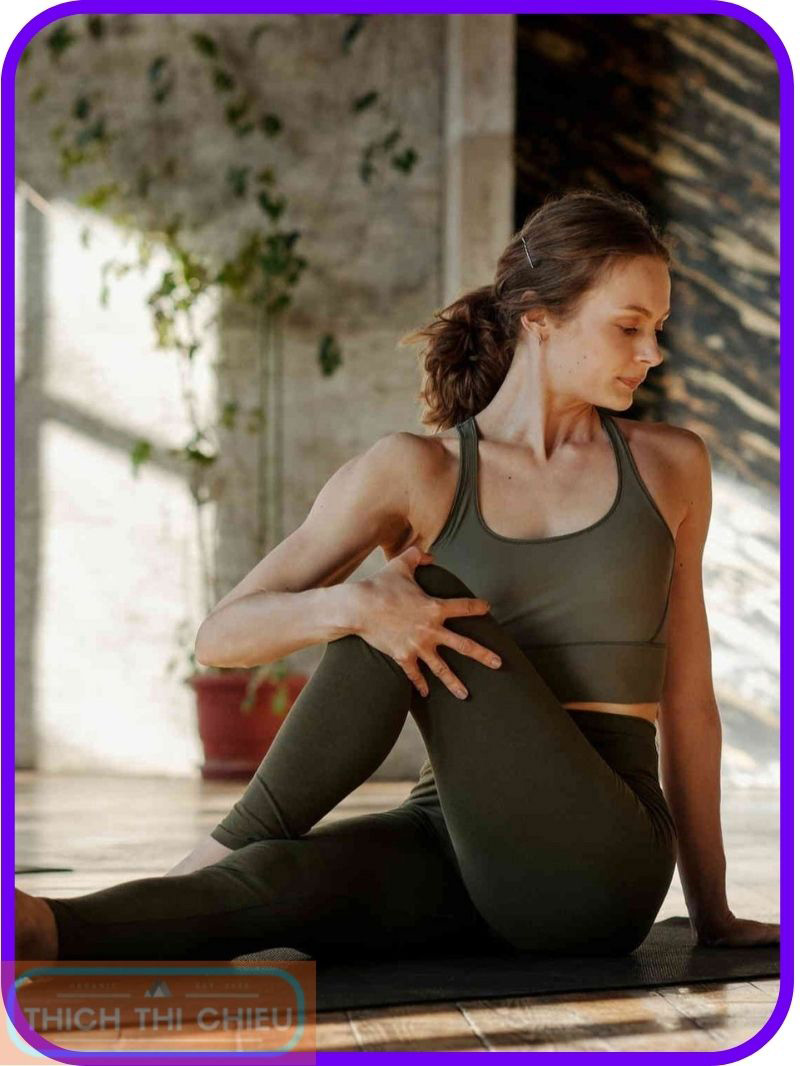
Yoga has a number of potential benefits for people with fibromyalgia, including:
Pain Management
Fibromyalgia, a chronic pain disorder characterized by widespread musculoskeletal pain, often leaves individuals seeking effective pain management strategies. Yoga, with its gentle stretching and strengthening exercises, offers a promising approach to alleviate pain and promote relaxation.
Yoga postures, known as asanas, focus on improving flexibility and reducing muscle tension. Gentle poses like Child’s Pose (Balasana) and Cat-Cow Pose (Marjaryasana-Bitilasana) promote relaxation and ease tension in the back, neck, and shoulders, areas commonly affected by fibromyalgia pain. Additionally, yoga postures can strengthen supporting muscles, improving joint stability and reducing pain caused by repetitive movements.
Stress Reduction
The stress and anxiety often associated with fibromyalgia can exacerbate symptoms and negatively impact overall well-being. Yoga’s deep breathing techniques and mindfulness practices effectively address stress reduction, promoting relaxation and a sense of calm.
Pranayama, the art of breath control in yoga, emphasizes deep, slow breathing techniques like diaphragmatic breathing. These techniques activate the parasympathetic nervous system, responsible for relaxation and stress reduction. By calming the nervous system, yoga breathing can alleviate anxiety, improve sleep quality, and reduce stress hormones, all of which contribute to fibromyalgia symptoms.
Mindfulness practices, such as mindfulness meditation and body scan meditation, cultivate a heightened awareness of the present moment and foster a non-judgmental attitude towards thoughts and sensations. This enhanced self-awareness empowers individuals to manage stress more effectively, reducing its negative impact on fibromyalgia symptoms.
Sleep Enhancement
Sleep disturbances are a hallmark of fibromyalgia, characterized by difficulty falling asleep, frequent awakenings, and unrefreshing sleep. Yoga’s ability to promote relaxation and reduce stress can significantly improve sleep quality, contributing to overall well-being.
Yoga’s calming effect on the mind and body helps individuals prepare for sleep, easing the transition from wakefulness to slumber. Deep breathing techniques can also help regulate the sleep-wake cycle, promoting natural sleep patterns. Additionally, yoga’s ability to reduce stress hormones and alleviate anxiety further contributes to improved sleep quality, allowing for restorative rest and rejuvenation.
Increased Flexibility
Fibromyalgia often leads to reduced flexibility and muscle tension, restricting movement and increasing pain. Yoga’s gentle stretching exercises effectively improve flexibility, enhancing range of motion and reducing muscle stiffness.
Yoga postures specifically target areas commonly affected by fibromyalgia, such as the back, neck, and shoulders. As flexibility improves, individuals experience greater ease of movement, reducing pain and improving their ability to perform daily activities. Additionally, increased flexibility can enhance joint health and reduce the risk of injury.
Gentle Yoga Poses for Fibromyalgia Relief
Incorporating yoga into a fibromyalgia management plan requires a personalized approach, tailored to individual needs and limitations. Here are five gentle yoga poses particularly beneficial for fibromyalgia management:
Child’s Pose (Balasana)
Child’s Pose, a calming and restorative pose, promotes relaxation, relieves tension in the lower back and hips, and gently stretches the back muscles. To practice Child’s Pose:
- Kneel on the mat with your toes together and knees hip-width apart.
- Sit back on your heels and fold forward, resting your forehead on the mat.
- Relax your arms alongside your body, palms facing down.
- Breathe deeply and evenly, allowing your body to sink into the pose.
Cat-Cow Pose (Marjaryasana-Bitilasana)
Cat-Cow Pose mobilizes the spine, improves spinal flexibility, and releases tension in the neck and shoulders. This dynamic pose can be performed as part of a warm-up or as a stand-alone practice. To practice Cat-Cow Pose:
- Start on your hands and knees, with your hands shoulder-width apart and knees hip-width apart.
- Inhale and arch your back, lifting your chin and head, creating a “cow” pose.
- Exhale and round your back, tucking your chin to your chest, creating a “cat” pose.
- Flow smoothly between the two poses, coordinating your breath with the movement.
Mountain Pose (Tadasana)
Mountain Pose, a foundational standing pose, enhances postural alignment, strengthens core muscles, and promotes overall stability. To practice Mountain Pose:
- Stand with your feet hip-width apart, grounding evenly through both feet.
- Lengthen your spine as you lift the crown of your head towards the ceiling.
- Engage your core muscles, drawing your navel towards your spine.
- Relax your shoulders and arms, palms facing outwards.
- Hold the pose for several breaths, maintaining good posture and alignment.
Standing Forward Fold (Uttanasana)
Standing Forward Fold stretches the hamstrings, back muscles, and calves, while also calming the mind. To practice Standing Forward Fold:
- Stand with your feet hip-width apart.
- Hinge at the hips, folding forward from your waist.
- Place your hands on the floor, keeping your knees slightly bent if necessary.
- Let your head hang loose or rest your forehead on your knees.
- Breathe deeply and evenly, allowing your body to relax into the pose.
Corpse Pose (Savasana)
Corpse Pose, a deeply relaxing pose, promotes physical and mental rest, reduces stress, and improves sleep quality. To practice Corpse Pose:
- Lie on your back with your legs extended and arms relaxed by your sides.
- Close your eyes and let your body sink into the mat.
- Focus on your breath, observing the natural rise and fall of your chest.
- Allow your thoughts to come and go without judgment.
- Stay in the pose for 5-10 minutes or as long as desired.
Additional Tips for Enhancing Yoga Practice for Fibromyalgia Relief
In addition to incorporating gentle yoga poses into your fibromyalgia management plan, several additional tips can further enhance your yoga practice and reap its full benefits:
Warm-up and Cool-down
Just like any physical activity, warming up before yoga and cooling down afterward is crucial to prevent muscle stiffness and soreness. A gentle warm-up prepares your muscles for movement, improving circulation and increasing flexibility. This can help reduce the risk of injury and enhance your performance during the yoga practice.
To warm up effectively, consider light cardio exercises like walking or jogging in place for a few minutes. Additionally, gentle arm and leg circles can help loosen your joints and prepare your body for movement.
Following your yoga practice, a cool-down routine allows your body to gradually transition from a state of activity to rest. This helps reduce muscle tension and promotes relaxation. Include gentle stretches and relaxation techniques like deep breathing exercises in your cool-down routine.
Listen to Your Body
Fibromyalgia is a chronic condition, and every individual’s experience is unique. It is essential to listen to your body’s signals and respect your limitations throughout your yoga practice. Avoid pushing yourself beyond your pain tolerance or forcing poses that cause discomfort.
If you experience pain during a pose, modify it or simply rest until the pain subsides. Use props like blocks, straps, or bolsters to make poses more accessible and comfortable. Remember, yoga is not about achieving perfection but about finding what works best for your body.
Modify Poses
Yoga offers a vast array of poses, and not every pose may be suitable for everyone, especially individuals with fibromyalgia. Modifications are essential to tailor the practice to your individual needs and limitations.
For instance, if a standing pose is uncomfortable, consider performing it from a seated position. Similarly, if a pose involves deep stretching, adjust the range of motion to avoid pain. Feel free to use props to support your body and make poses more manageable.
Practice Regularly
The benefits of yoga accumulate over time with consistent practice. Aim to incorporate yoga into your routine at least 2-3 times per week, even if it’s for short sessions of 15-20 minutes. Regular practice allows your body to adapt and reap the cumulative benefits of yoga, including improved flexibility, reduced pain, and enhanced relaxation.
If you find it challenging to commit to regular studio classes, consider practicing yoga at home. There are numerous resources available online and in libraries to guide you through home yoga practices specifically designed for fibromyalgia.
Yoga is not a cure for fibromyalgia, but it can be a valuable tool for managing symptoms and improving quality of life. As you embark on your yoga journey, remember to be patient, compassionate, and listen to your body’s guidance. Hopefully, the above article of TTC has provided you with useful information. If you have any questions or concerns, please leave a comment below.
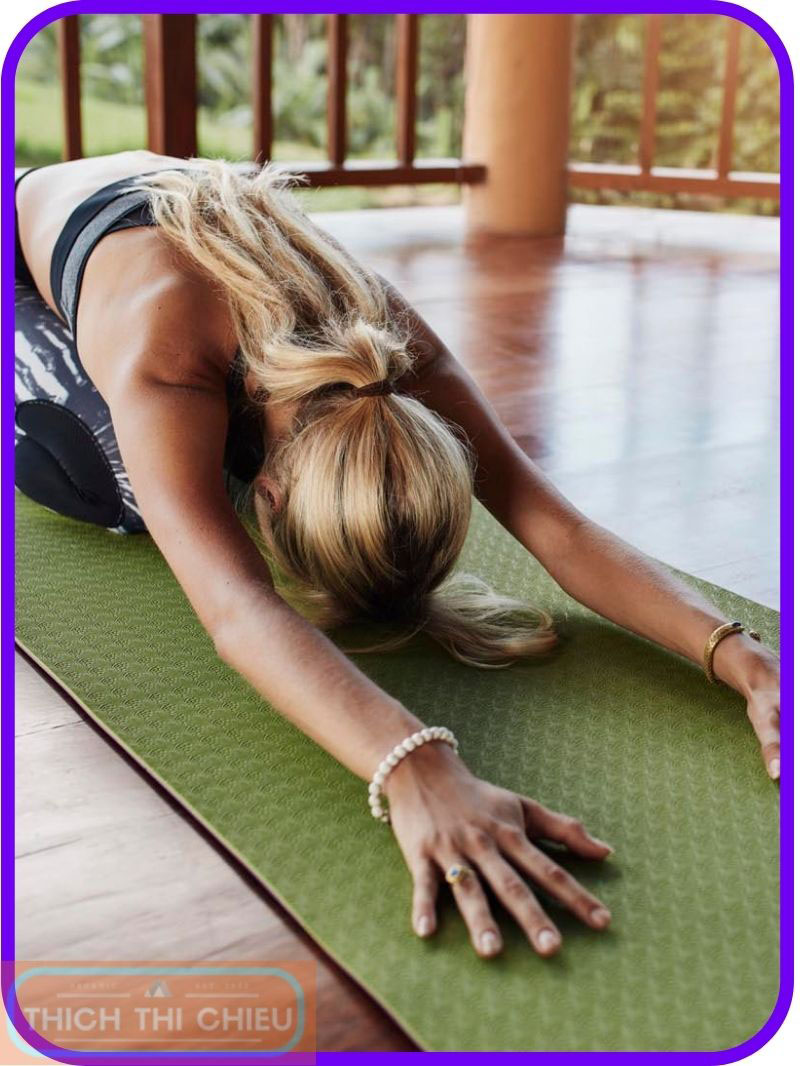
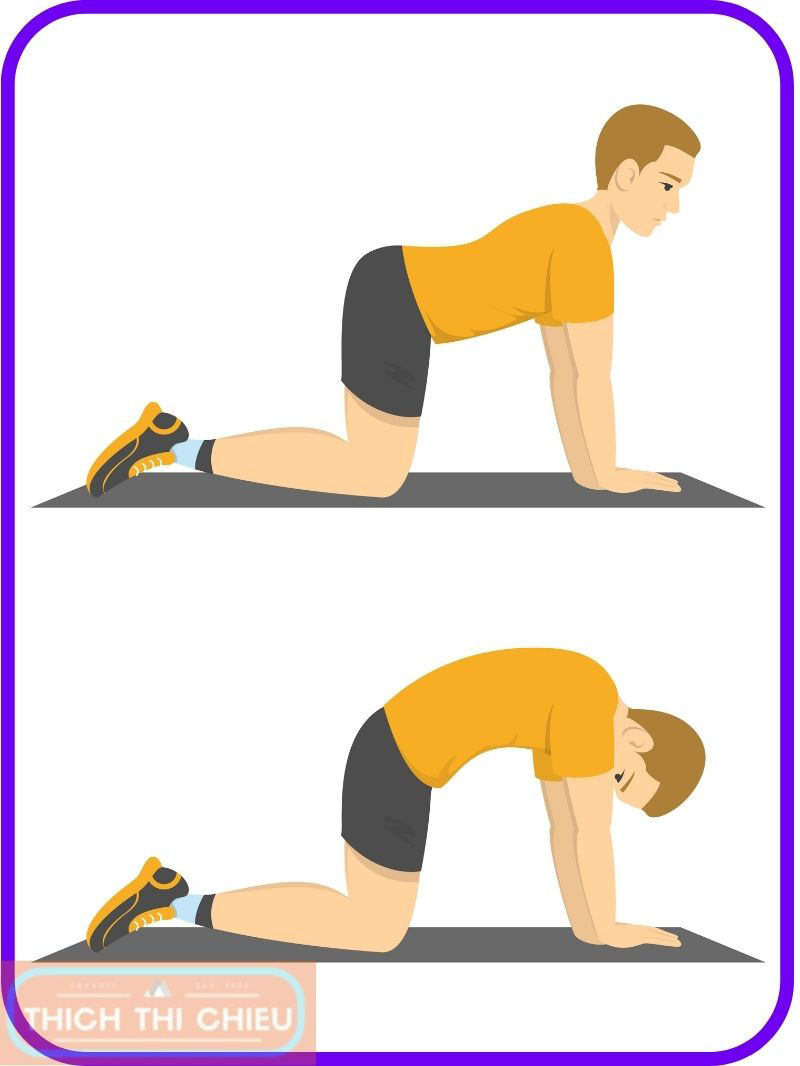
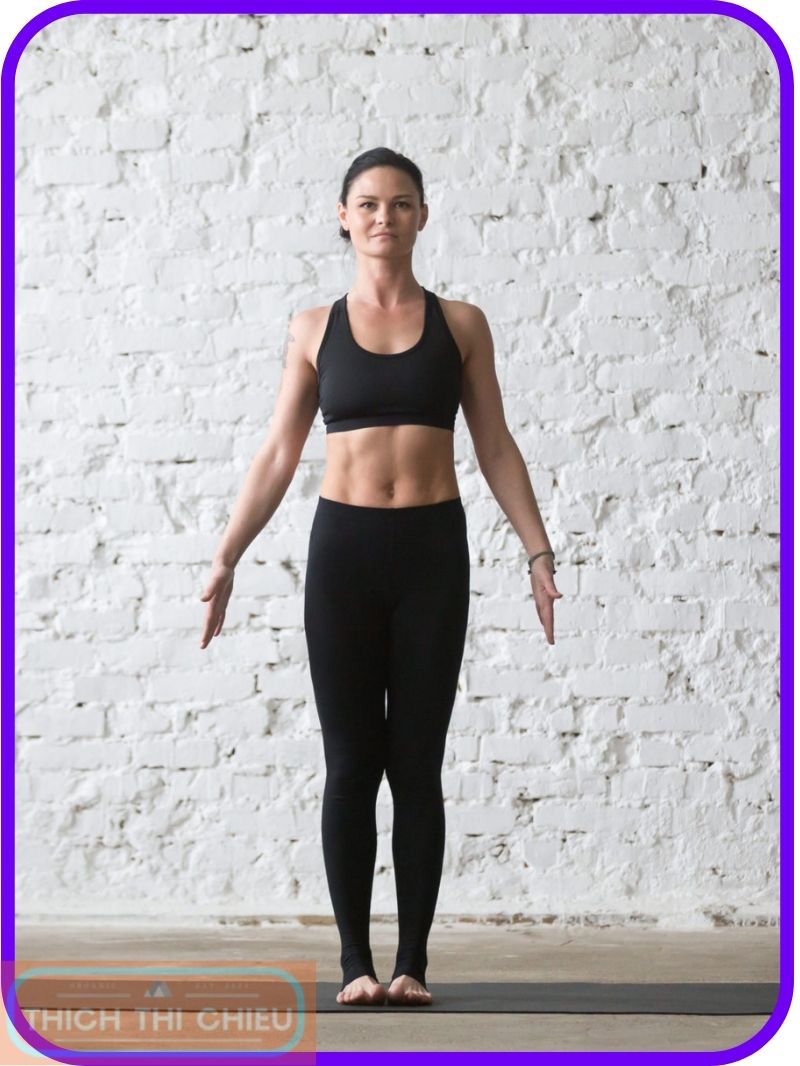
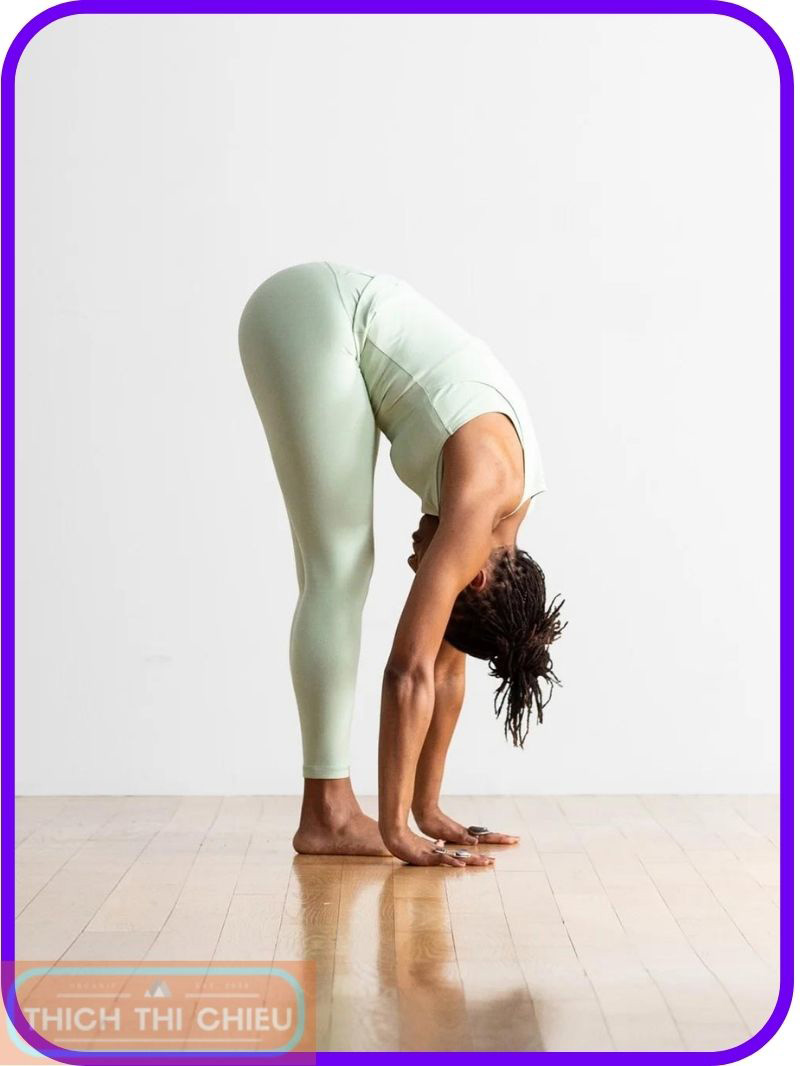
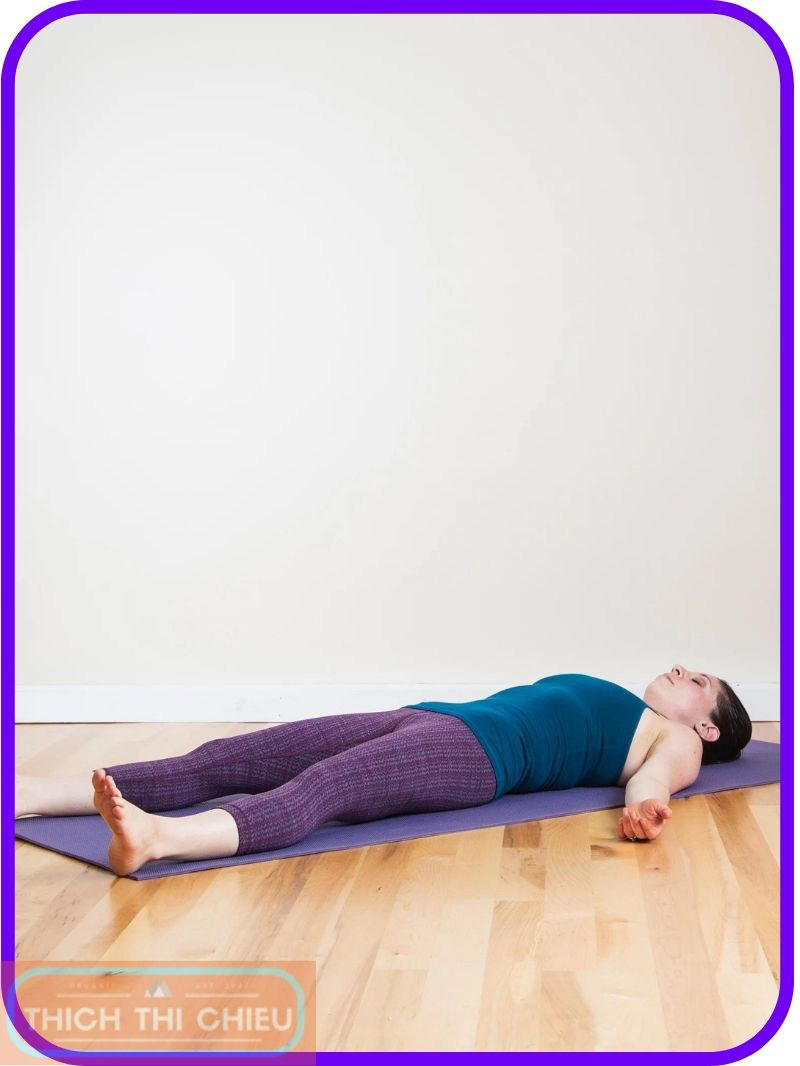





Leave a Reply